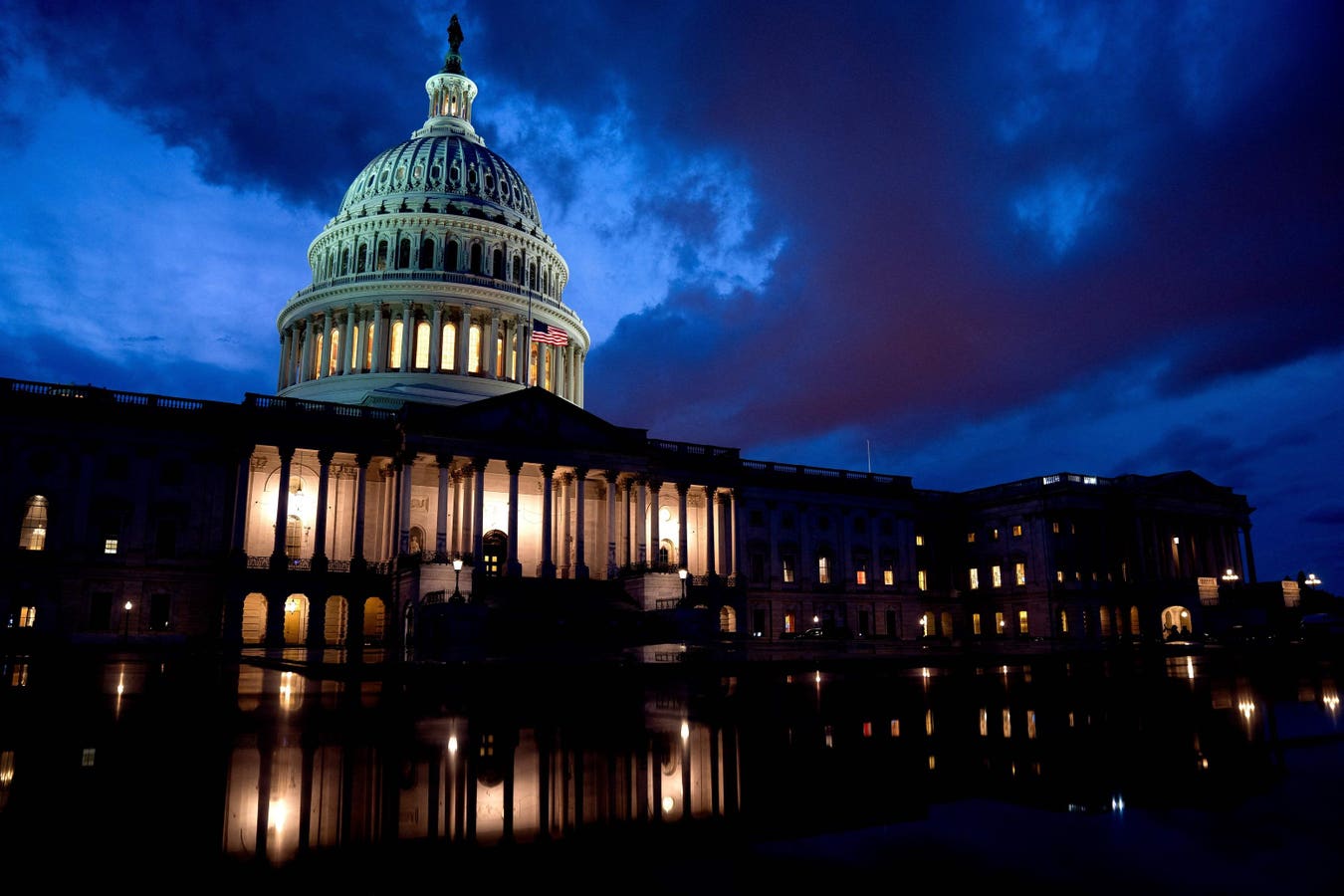A continuing resolution (H.R. 6363) to avert a November government shutdown has passed the House and is highly likely to pass the Senate and be signed into law before the November 17 deadline.
This would avoid any shutdown risk for 2023. However, the continuing resolution as passed by the House, would then introduce two potential government shutdown deadlines for the markets to pay attention to in January and February 2024. This approach is unusual because previous continuing resolutions would fund the government in its entirety until the resolution expired.
A Two-Tiered Approach
The continuing resolution gives separate extension deadlines for different areas of government. Four appropriations committees have a deadline extension until midnight January 19, 2024, these are:
- Agriculture, Rural Development and the Food and Drug Administration
- Energy and Water Development
- Military Construction and Veterans Affairs
- Transportation, Housing and Urban Development
Then the remaining eight areas of government would have their funding expire two weeks later on February 2, 2024, these are:
- Defense
- Commerce, Justice and Science
- Financial Services and General Government
- Homeland Security
- Interior, Environment and Related Agencies
- Labor, Health and Human Services and Education
- The Legislative Branch
- State and Foreign Operations
What’s Next?
There are several weeks for politicians to make progress on the budget. The 45 day period after September’s continuing resolution was disrupted by the need to elect a new House Speaker, a process which consumed several weeks.
The hope is that a full budget can be agreed on which avoids the need for subsequent continuing resolutions, since these come with shorter term deadlines and the risk of a government shutdown. Various budgets have passed the House and Senate independently to date, but there has been no reconciliation between the two.
The Market Impact
A government shutdown would likely be a material drag on economic growth due to delayed pay for many employees and disruption and delay to routine government activities. As such, the market impact would almost certainly be negative.
Risks To Growth
This comes at a time when the trajectory of the U.S. economy is uncertain. Nowcasts of Q4 economic growth suggest the economy is performing relatively well. However, as we enter 2024, medium-term economic forecasts highlight economic risks, especially at a time when the Federal Reserve is holding interest rates at restrictive levels. As such, a protracted government shutdown could put the U.S. economy at risk of stalling.
Assuming the continuing resolution passes as planned, there will be two deadlines to monitor. Arguably the shutdown risk may be slightly greater as lawmakers unwilling to create a broader government shutdown, might be willing to halt funding to four of twelve appropriations areas on January 19.
However, continuing resolution have passed the House in both September and now November with bipartisan support, so it is perhaps likely that can happen again in January and February should a broader budget not be agreed by those deadlines.
Rising Interest On Government Debt
The second issue, though, is the size of the overall budget, especially for government debt markets. This fiscal year, the cost of interest on the national debt is estimated to hit over $800 billion. That’s larger than the cost of most government departments. In fact, expenditure on interest on government debt is estimated to exceed the total budgets for both the agriculture and education departments’ combined budget and is almost half the U.S. defense budget.
The immediate issue is getting a budget passed and eliminating risk of a government shutdown. However, the medium-term issue is management of government debt on a sustainable basis. U.S. debt to Gross Domestic Product stands at almost 120%, according to the U.S. Office of Management and Budget. That’s high relative to history and many other developed countries. The size of the debt hadn’t been an immediate problem recently as interest rates were so low, now that has changed.
Interest expenditure as a percentage of GDP remains at lower levels than in the 1990s. Still, with rising interest costs it may approach peak levels as well.
Assuming November’s continuing resolution passes as planned, the next deadlines for avoiding a shutdown will come in early 2024. However, setting the U.S. government’s borrowing on a more sustainable course is another issue that the markets, and especially the government debt markets, may start to pay attention to.
Read the full article here


